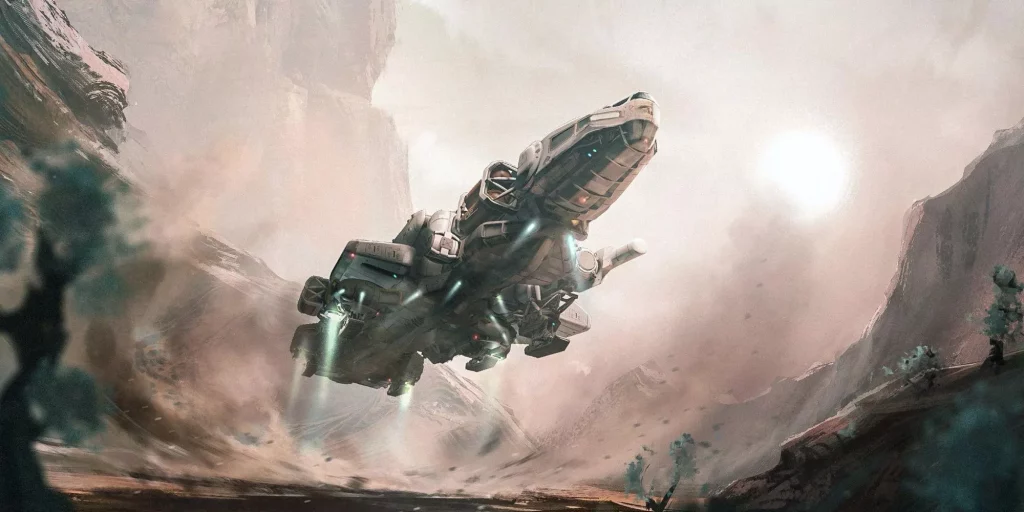The finest science fiction is that which you can almost touch—a narrative set in a distant future, yet rooted in the framework of our own reality. It showcases technology, locations, and characters so tangible that, if you close your eyes for a moment, you could easily envision them standing right beside us, venturing into the uncharted realms of the universe. While grandiose examples have their merits, I personally find greater value in stories that offer realism. These are the tales where venturing into space and uncovering its mysteries seems like a logical step for humanity. This is the ethos that Starfield captures.
Just recently, the Starfield website received an update, introducing an official timeline spanning from 2050 to 2328. This chronicle doesn’t drown us in exhaustive details of events and individuals. Instead, it effectively sets the stage, acquainting us with characters and organizations that had previously only been hinted at in leaks. The excitement arises from its grounded nature—it avoids the extravagantly fantastical or the pursuit of a cosmic mythology beyond the game’s scope. It remains anchored and forthright, yet it harbors the potential for so much more. This epitomizes good science fiction, and everything about Starfield fuels my eagerness to explore further.
The journey commences in 2050 as humanity touches down on Mars for the first time. This serves as a catalyst for increased solar system exploration. By 2100, many of us inhabit space, constructing livable outposts in orbit or colonizing planets. 2156 witnesses the human race reaching Alpha Centauri, and by 2159, the United Colonies are founded. The year 2160 witnesses the construction of New Atlantis, solidifying humanity’s position as a significant cosmic presence. Though we’re still taking baby steps into the vast unknown, this timeline lays the foundations, and that’s something to be proud of.

This timeline creates the necessary groundwork before Starfield delves into intricate themes like alien life and fantastical cosmic phenomena. Rushing into such concepts would disrupt the gradual illusion of progress that the timeline so masterfully conveys. It’s about starting slow and eventually leaving us breathless, though I suspect the vast void of space will do a remarkable job of that regardless of our intentions.
Much like The Elder Scrolls series before it, Bethesda is weaving an in-universe history that doesn’t require exhaustive explanation but promises to enhance the characters and stories we’ll encounter once we step into Starfield’s world. While the specific roles of entities like the Constellation and Stroud-Ecklund in the larger narrative remain a mystery, skimming through this concise timeline allows me to plant seeds in my imagination, to nurture and revisit as the weeks unfold.
Moreover, I’m not one to soak in every drop of lore encountered in games like this. I lean more towards intuition, making decisions based on personal relationships with characters rather than delving deep into political and social intricacies. Bethesda isn’t demanding uniformity in how we engage with their creation. However, they understand the significance of immersing us in a fictional universe anchored in established lore and circumstances, irrespective of our degree of engagement. For a game world, no matter how fantastical, to be effective, it must feel authentic.
Previous Bethesda RPGs achieved this by gradually unveiling important details through character interactions and quests. But Starfield stands alone as a fresh intellectual property that must captivate us and convince us not to look away. Dropping us into a future where the universe seems held together by sheer determination, yet brimming with boundless potential, is the perfect approach to achieving this. Even if it requires a perusal of a timeline or a memory of a few key terms to navigate smoothly. Despite having all the events laid out, a substantial portion of it remains shrouded in mystery. Soon enough, I’ll witness it all firsthand, and that anticipation is exhilarating.
